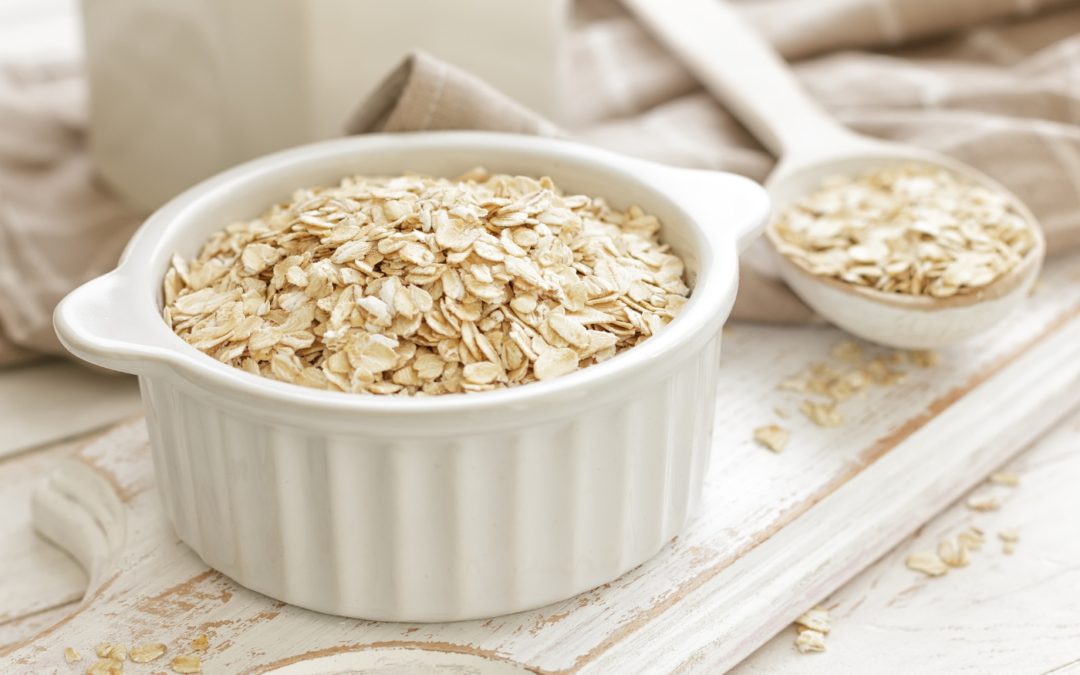Sprouts
Remember in grade school when you were given a wet paper towel, a bean seed and plastic bag? You placed the bean in the towel into the plastic bag to watch it sprout and grow. You didn’t know it then but you can eat those sprouts. They are a vegetable and a protein source all in one.
Protein vs. Vegetable
At Metabolic Balance® we distinguish between protein and vegetable based on the biological value of the food. This is calculated based on the amount of protein in a food that our bodies can use directly. Listed below are the sprouts typically seen in Metabolic Balance® Plan.
- Alfalfa Sprouts
- Chickpea (Garbanzo) Sprouts
- Mung Beans Sprouts
- Soy Sprouts
- Sunflower Sprouts
- Beetroot Sprouts
- Radish Sprouts
Use only 10-15g raw weight of any sprout per meal to have it as a vegetable over that amount it will be more of a protein source.
The most commonly consumed sprouts are alfalfa, mung bean, red clover, radish, broccoli and wheat grass. In the US alfalfa sprouts are the most consumed.
Alfalfa Sprouts
Alfalfa is a legume but has also been considered an herb. One cup has 8 calories, 1 gram of protein and is a fair source of Vitamin K, and a small amount of Vitamin C, folate, thiamine, riboflavin, magnesium, iron, and copper. Alfalfa also has a high content of bioactive plant compounds, including saponins, coumarins, flavonoids, phytosterols, phytoestrogens, and alkaloids. Alfalfa sprouts have been best studied for their benefit in lowering cholesterol. This effect has been attributed to the high content of saponins. Most of the studies have been done in animal studies but those that have been on with humans show great promise.
Benefits
The other thing found in these studies on sprouts is an antidiabetic agent, improving cardiometabolic health. A theory is that sprouts may have an increased ability to regulate the activity of the amylase enzyme, which the body uses to properly break down and digest sugars. There is a potential for reducing menopause symptoms and increasing antioxidant status. Sprouting appears to specifically increase the amount of insoluble fiber, a type of fiber that helps form stool and move it through the gut, reducing the likelihood of constipation. All of these things may aid in weight loss.
In several studies sprouting helped increase levels of essential amino acids, with certain individual amino acids increasing by as much as 30%. See the chart below for more information about the nutrition of bean sprouts.
| Sprout | Kidney Bean | Lentil | Pea | Chickpea | Mung Bean | Soybean | Adzuki brean |
| Calories/1 cup | 53 | 82 | 149 | 480 | 31 | 85 | 466 |
| Carbs | 8 grams | 17 grams | 33 grams | 84 grams | 6 grams | 7 grams | 84 grams |
| Protein | 8 grams | 7 grams | 11 grams | 36 grams | 3 grams | 9 grams | 31 grams |
| Fat | 1 gram | 0.5 grams | 1 gram | 8 grams | 1 gram | 5 grams | 1 gram |
| Vitamin C | 79% of DV | 14% of DV | 14% of DV | 5% of DV | 15% of DV | 12% of DV | 17% of DV |
| Folate | 27% of DV | 19% of DV | 43% of DV | 70% of DV | 16% of DV | 30% of DV | 75% of DV |
| Iron | 8% of DV | 14% of DV | 15% of DV | 40% of DV | 5% of the DV | 8% of DV | 40% of DV |
| Other nutrients | Melatonin | Antioxidant | Folate | Phytoestrogen | Antioxidant | non-heme iron | Sinopic Acid |
Additionally
Also, please blanch sprouts or thoroughly wash them before consuming sprouts as there is a high risk of Salmonella or E. coli infection due to the humid environment needed for their growth.
Next
Want to learn more about foods that can be found on your Metabolic Balance® plan? Check out our blog and keep following as we continue to share more about mushrooms and lentils this year. Take a look at our beans blog and video by Dr. Maggie, FCM Coaching, Intrinsic Coach. Want to learn more? Book a Discovery Call and we will take 30 minutes to talk about what you want to know about and learn more about FCM Coaching!
Resources
https://sproutpeople.org/growing-garbanzo-sprouts/
https://www.healthline.com/nutrition/mung-beans
https://www.organicfacts.net/alfalfa-sprouts.html
https://www.healthline.com/nutrition/alfalfa

Oatmeal, A Quality Piece of the Nutrition Puzzle
What really is the big deal about oatmeal? Enjoy a warm steamy bowl of educational facts with a little flavor added with some recipe ideas.

